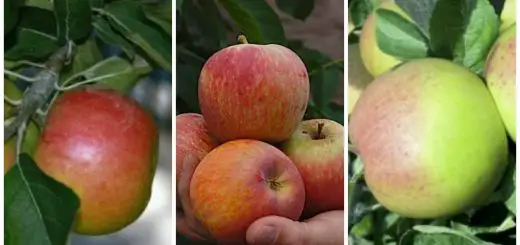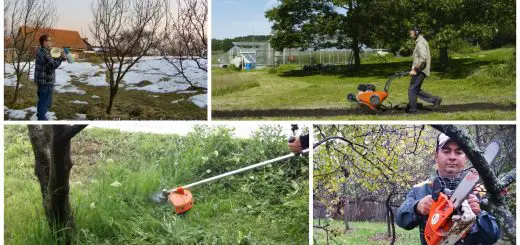Planting Raspberries In Fall – Small Guide For A Healthy Crop
Fall is not a season when we only harvest crops, but also a time to prepare next year’s yield. And since forest fruits are in high demand thanks to their vitamin benefits, here are more details on how to grow and take care of this plant coming down from mountain slopes straight into your garden. Planting raspberries in fall, experts say, is a central ingredient of a recipe which will lead to a rich crop in the following year. Here is what the whole process comes down to:
It is recommended to plant raspberry cuttings in October-November, even after the first frost, so that to enjoy the first fruit in the following summer. This calendar also involves an easier care for the plants which, unlike planting in spring, are safer as concerns pests and diseases. Take into account to choose fall varieties for planting this season.
Raspberry is a sun loving plant and prefers areas with direct sunlight. They also easily adapt to the rainy or cold season and need to be watered only if there’s no rain for 2-3 months in a row.
The seedlings have to be planted in 60 cm deep and 40 cm wide holes, 60 cm to 1 m apart in a loose ground. If you plant on several rows, they should be 2-3 m spaced apart. Of the 60 cm deep hole, the raspberry seedlings will take only 20 to 30 cm, the rest being filled with the scooped soil. Make sure to tamp around the plant after filling the hole.
If it doesn’t rain at all during the first week after planting, water the seedlings, using 3-4 liters per each, repeating this twice in similar conditions. As the plant grows and spreads, make sure to attach props for a better crop, expected between late June and late September. A trellis or a fence are good options. If you chose to use one of these, establish them at or before time of planting so the plants are not disturbed when maturing.
Mulching is important throughout the season to conserve moisture and suffocate weeds. Keep a thick layer of mulch surrounding plants at all times. Remove weeds around the plant either manually, if you prefer a green crop, or by using herbicides. Use the new seedlings or canes that grow around the plant to grow new plants in the next season.
Sources: Zmeura-mure.ro, Almanac.com


















